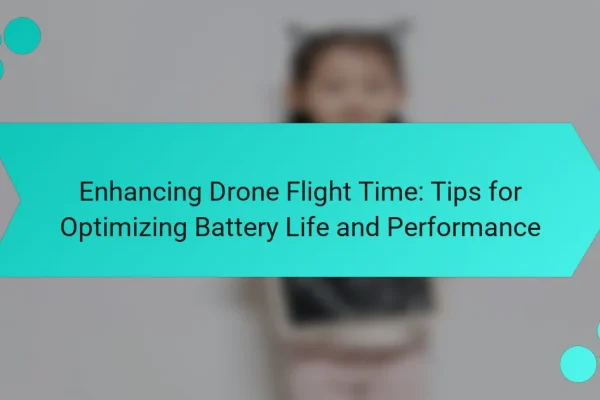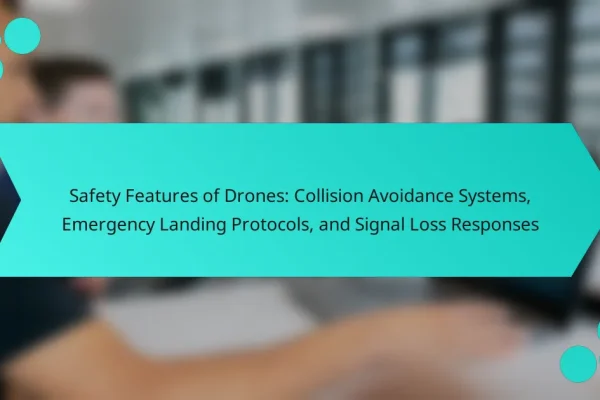
Analyzing Drone Payload Capacity: Limits, Benefits, and Applications
What is Drone Payload Capacity? Drone payload capacity refers to the maximum weight that a drone can carry. This capacity varies significantly among different drone models. Factors influencing payload capacity include the drone’s design, motor strength, and battery size. For example, consumer drones may have a payload capacity ranging from 0.5 kg to 2 kg….


